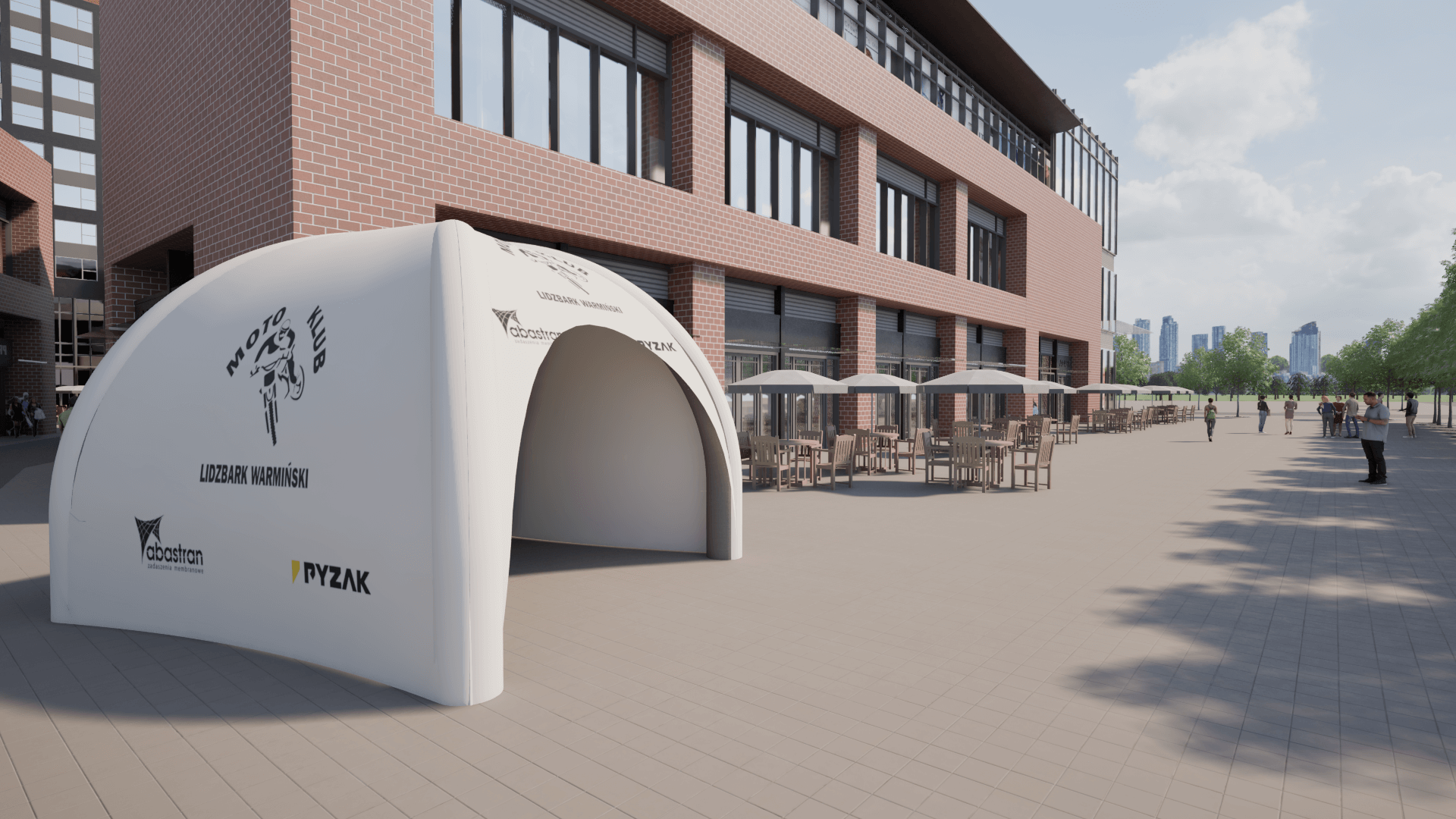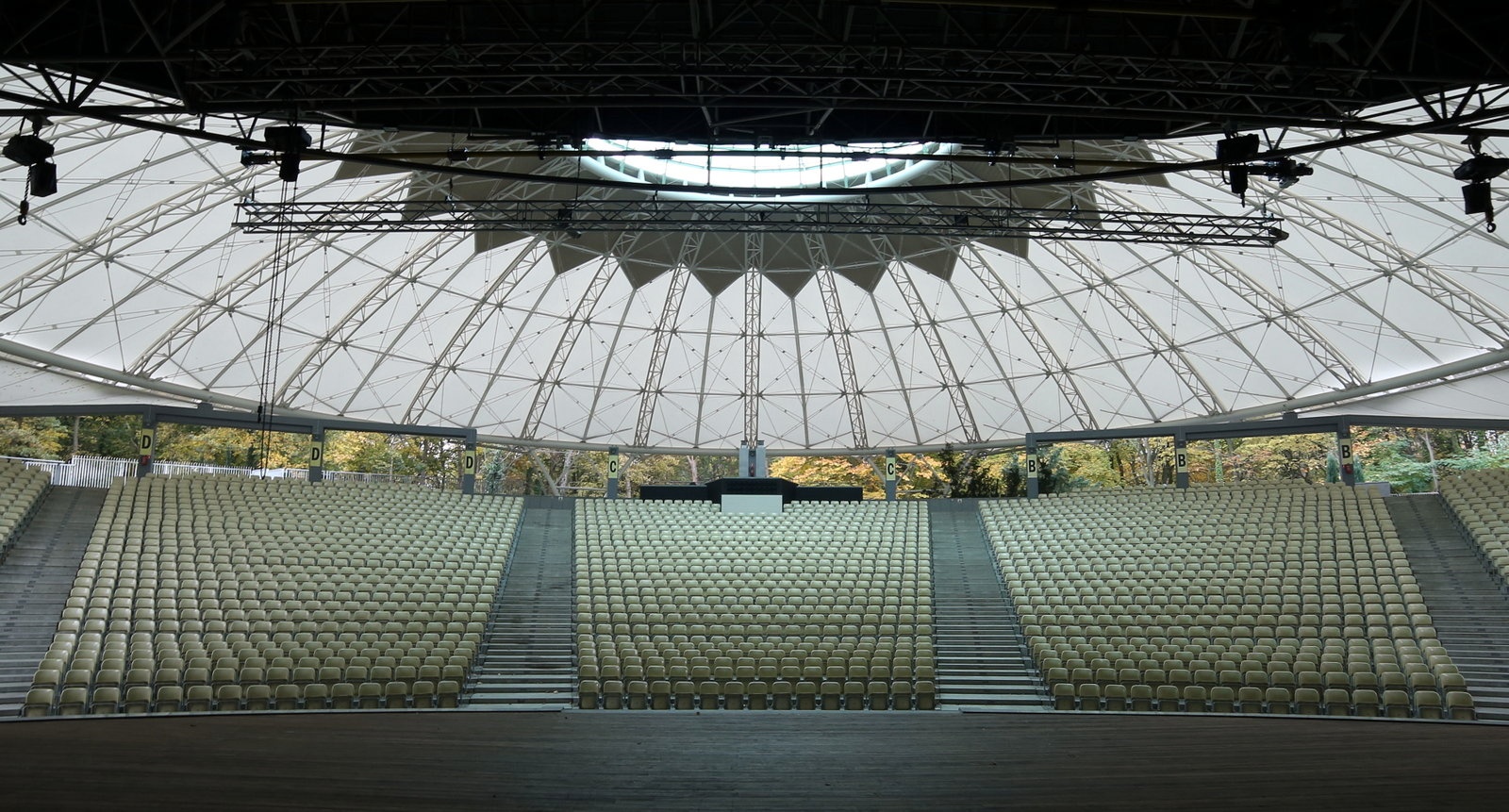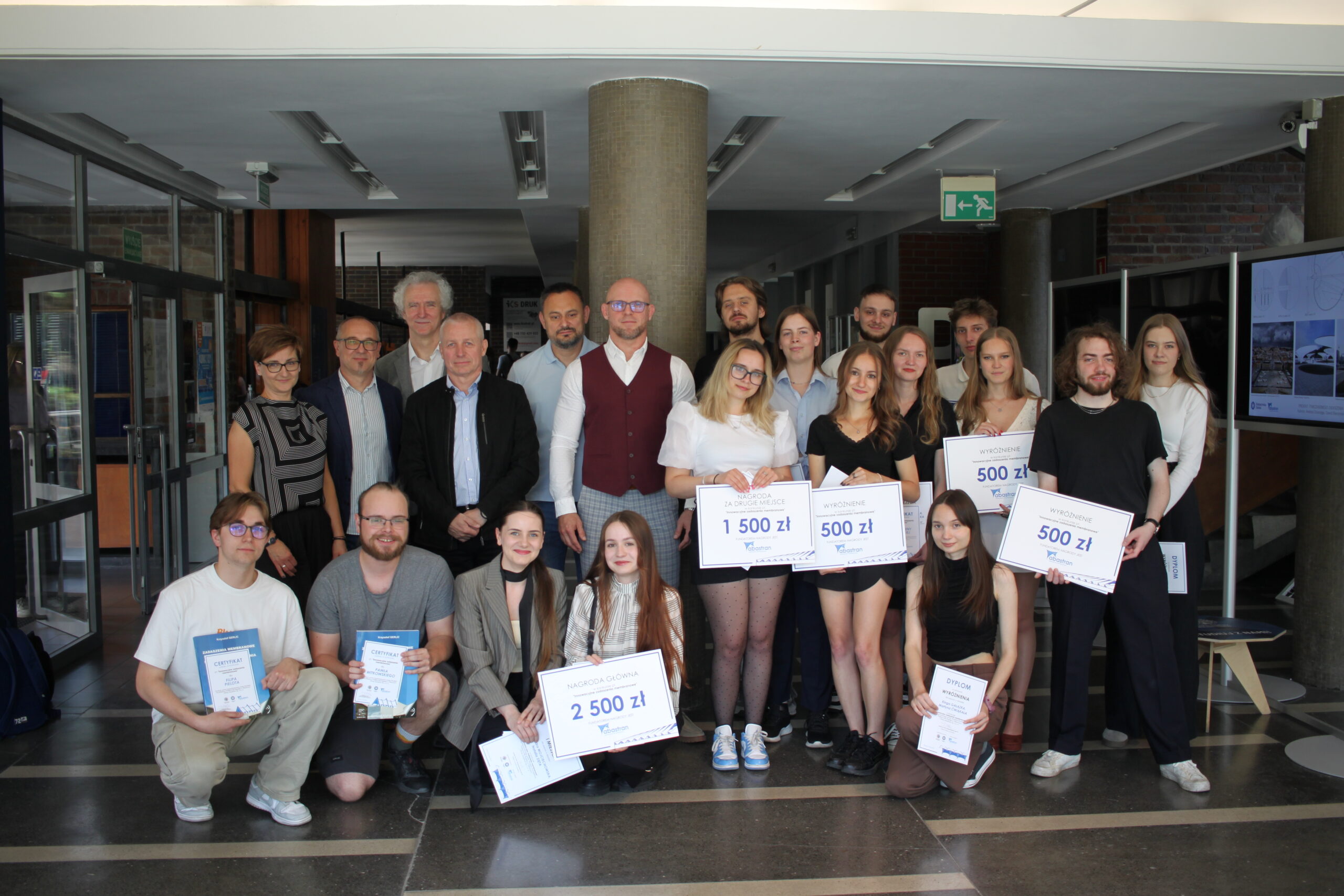
Membrane Structures: Modern Solutions for Roofing
Nowadays, architecture is moving towards innovative and eco-friendly solutions. One such trend is membrane structures, which are gaining popularity both in Poland and around the world. Thanks to their lightness, flexibility, and aesthetics, membrane roofs are becoming an indispensable element of modern construction projects. But what exactly are these structures, and why should they be considered?
What Are Membrane Structures?
Membrane structures are modern solutions that involve using lightweight, durable materials to create roofs and facades. These membranes can be made from various materials, such as PVC, PTFE, or ETFE, which are characterized by excellent resistance to weather conditions and high flexibility. Thanks to these properties, it is possible to create unique, futuristic architectural forms.
Advantages of Membrane Structures
One of the main advantages of membrane structures is their lightness and durability. Compared to traditional materials like concrete or steel, membranes are extremely lightweight, allowing for large spans without the need for massive support structures.
Another advantage is the design flexibility. Architects can create roofs of any shape and form, offering vast creative possibilities. Membranes are also resistant to various weather conditions, including strong winds, rain, snow, and even UV radiation.
Moreover, membrane structures are eco-friendly. These materials are easy to recycle, and their light weight reduces energy consumption during transport and installation. As a result, membrane roofs align with the concept of sustainable development.
Applications of Membrane Structures
Membrane structures have a wide range of applications in various fields. They are commonly used for roofing stadiums and sports facilities, such as the Allianz Arena in Munich or the Millennium Dome in London. Membranes are also well-suited for trade fair halls, exhibition centers, and outdoor amphitheaters and stages. Additionally, they are increasingly being used as roofing for parking lots and other commercial spaces.
Technology of Membrane Production
The production of membranes is an advanced technological process that includes selecting the appropriate materials, processing them, and assembling the structures. Modern production methods allow for creating membranes with different properties, tailored to the specific requirements of a given project. The installation of membrane structures requires precision and collaboration among a team of specialists, including architects, engineers, and craftsmen.
Types of Membrane Roofs
Membrane roofs can be divided into several types depending on their construction and purpose. The most popular are point-supported roofs, characterized by a simple but effective form. Another type is flat roofs, often used on large surfaces such as trade fair halls. The most technologically advanced are spatial roofs, which allow for the creation of complex architectural forms.
Examples of Famous Membrane Structures
Among the most well-known membrane structures worldwide are the Allianz Arena in Munich, one of the most recognizable stadiums in the world. Another example is the Millennium Dome in London, which has served as a center for entertainment and cultural events for years. The O2 Arena, one of the largest facilities of this type in Europe, is also worth mentioning.
Membrane Structures in Poland
Membrane structures are becoming increasingly common in Poland as well. They are mainly used in sports facilities and public spaces. An example is the The Summer Theater in Kasprowicz Park, made by us, which has a membrane roof adapted to Polish climatic conditions.
Costs and Durability of Membrane Structures
The cost of building membrane structures depends on many factors, such as the size of the project, the type of materials used, and the complexity of the structure. However, despite the higher initial costs, membranes are durable and require minimal maintenance, which translates into lower operating costs.
Membranes have a long lifespan, which can reach up to 30-40 years with proper maintenance. It is also worth noting that in case of damage, membrane repairs are relatively simple and quick.
Ecology and Sustainable Development
Membrane structures are an eco-friendly solution. The materials used for membrane production are easy to recycle, minimizing environmental impact. Additionally, membranes are energy-efficient, contributing to the reduction of energy consumption in buildings covered by them.
Disadvantages and Challenges of Membrane Structures
Despite their numerous advantages, membrane structures also have their disadvantages. One of the main challenges is design limitations – membranes are not as versatile as other building materials, which may limit their use in some projects. Additionally, membranes are more susceptible to mechanical damage than materials like steel or concrete, requiring regular maintenance.
Comparison with Other Roofing Technologies
Membrane structures have many advantages compared to traditional roofing. Compared to concrete or metal roofs, membranes are much lighter, allowing for the creation of larger, more open spaces. They are also more flexible and eco-friendly, which is an added benefit.
The Planning and Construction Process of Membrane Structures
Planning and constructing a membrane structure is a complex process that requires the involvement of many specialists. From concept to design to assembly – each stage requires precise planning and collaboration with architects and engineers. A key element is also the selection of appropriate materials and assembly technology.
The Future of Membrane Structures
The future of membrane structures looks promising. The development of technology allows for the creation of increasingly advanced membranes that can be used in various fields. New materials, such as photovoltaic membranes, may significantly increase the functionality of these structures in the future.
Summary
Membrane structures represent modern and innovative solutions in architecture. Their lightness, flexibility, and eco-friendliness make them an ideal choice for many different projects. Although they have their drawbacks, their numerous advantages make them worth considering, especially in large, open spaces.

Advertising Tents as an Investment – How to Increase Brand Recognition at Events?


Competition for Innovative Membrane Roofing – Results and Inspirations
This year, we had the pleasure of organizing a competition together with the Faculty of Architecture at the Silesian University of Technology for 6th-semester students to design innovative membrane roofing. The award ceremony, held at the Faculty of Architecture in Gliwice, was the culmination of the young designers’ creative and technical journey.








